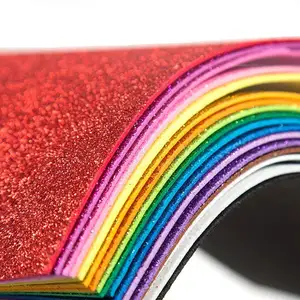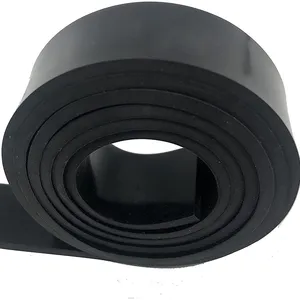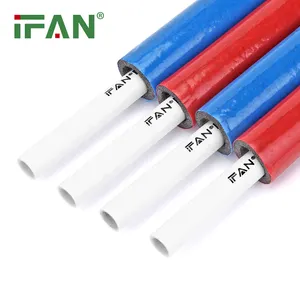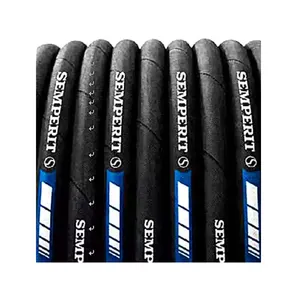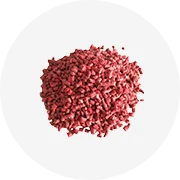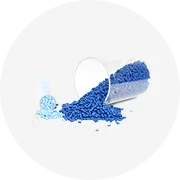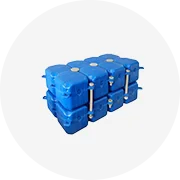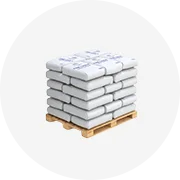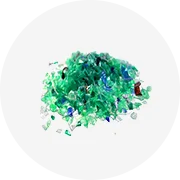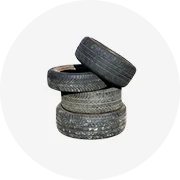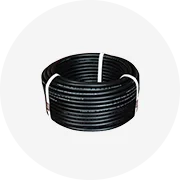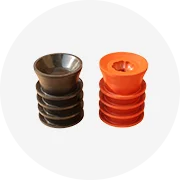Popular in your industry






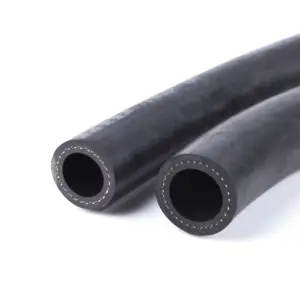





























































Related Searches:






























































































































Top categories
About chemical resistant braided hose
Understanding Chemical Resistant Braided Hoses
A chemical resistant braided hose is an essential tool designed to transport liquids and gases while withstanding corrosive substances. This type of hose is constructed to endure harsh chemicals, making it a reliable component in various industrial, laboratory, and manufacturing settings. Its braided design not only provides enhanced durability but also offers flexibility for ease of use in different applications.
Types and Materials
The construction of a chemical resistant hose involves various materials, each selected for its resistance to chemicals and physical wear. Common materials include PTFE, PVC, stainless steel, and rubber, each offering distinct advantages. For instance, PTFE hoses are known for their non-reactive nature, while stainless steel braided hoses are appreciated for their strength and longevity. The choice of material often depends on the specific chemicals the hose will be exposed to and the required pressure capacity.
Applications and Features
Industrial hoses like these are not limited to chemical transfer. They are also integral in sectors such as agriculture, pharmaceuticals, and food processing. Features such as flexibility, non-conductivity, and a wide range of temperature tolerance make them suitable for various tasks, from transferring sensitive fluids to handling high-pressure situations. The braided design contributes to the hose's ability to prevent kinking and maintain flow consistency.
Advantages of Braided Design
The braided pattern in a flexible chemical hose is not merely for aesthetics; it serves to reinforce the structure, allowing the hose to withstand high pressure and prevent ballooning. Additionally, the braiding helps to maintain the shape of the hose when bent, reducing the risk of flow obstruction. This structural integrity is crucial in maintaining safety standards, especially when transferring hazardous chemicals.
Selection Considerations
When selecting a chemical resistant braided hose, it is important to consider factors such as length, diameter, and the type of couplings. The length should be appropriate for the intended reach without compromising pressure or flow rate. The diameter must align with the system's requirements to ensure compatibility and efficiency. Couplings, typically made from materials like brass or high-grade plastics, should be chosen based on their chemical compatibility and ease of connection.
Maintenance and Durability
Durability is a hallmark of a chemical hose, with materials chosen for their ability to resist wear, abrasions, and environmental factors. Proper maintenance, including regular inspections for signs of wear and timely replacement of damaged components, can extend the life of the hose. The self-lubricating nature of some hose materials and the ability to absorb shocks and vibrations further contribute to the longevity of the product.
